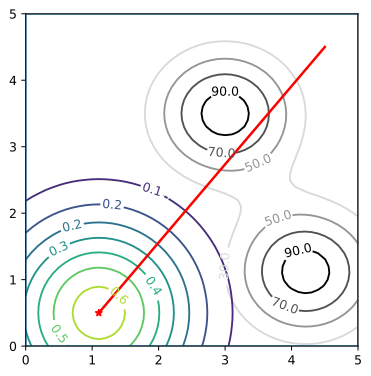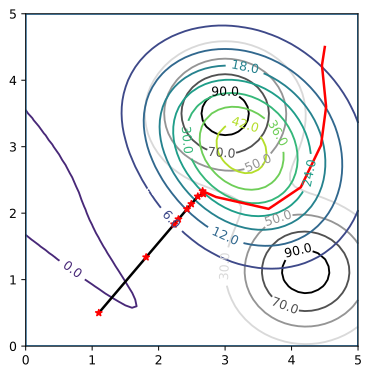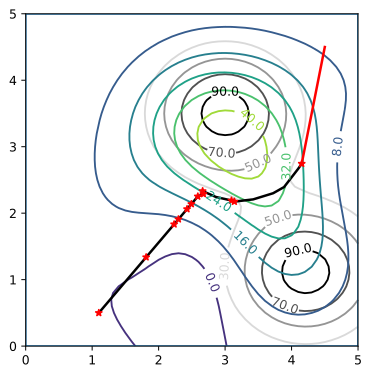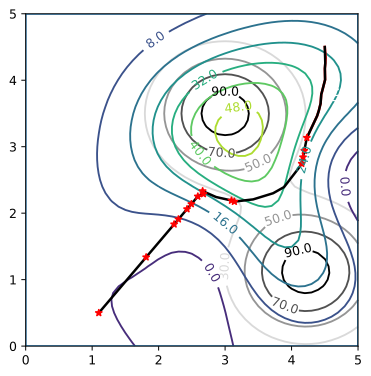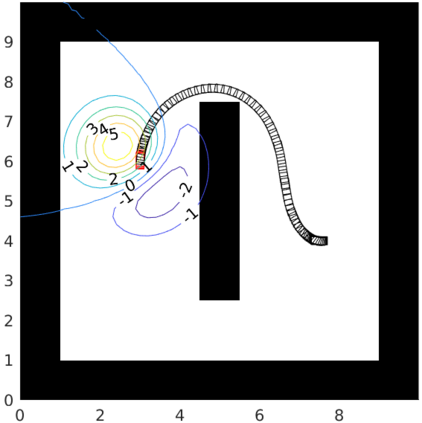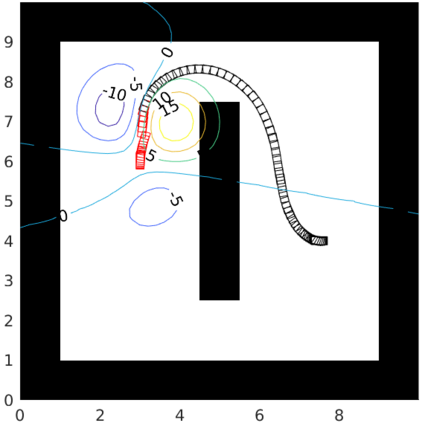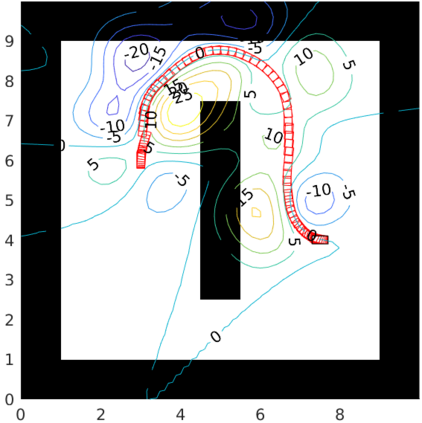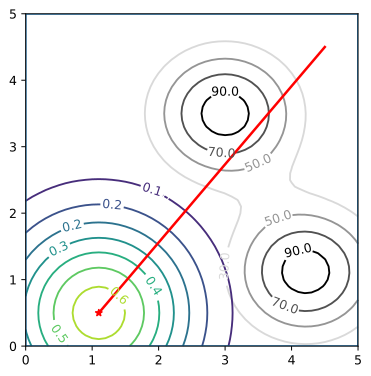Recent trends envisage robots being deployed in areas deemed dangerous to humans, such as buildings with gas and radiation leaks. In such situations, the model of the underlying hazardous process might be unknown to the agent a priori, giving rise to the problem of planning for safe behaviour in partially known environments. We employ Gaussian process regression to create a probabilistic model of the hazardous process from local noisy samples. The result of this regression is then used by a risk metric, such as the Conditional Value-at-Risk, to reason about the safety at a certain state. The outcome is a risk function that can be employed in optimal motion planning problems. We demonstrate the use of the proposed function in two approaches. First is a sampling-based motion planning algorithm with an event-based trigger for online replanning. Second is an adaptation to the incremental Gaussian Process motion planner (iGPMP2), allowing it to quickly react and adapt to the environment. Both algorithms are evaluated in representative simulation scenarios, where they demonstrate the ability of avoiding high-risk areas.
翻译:最近的趋势是,机器人部署在被认为对人类有危险的地区,如有气体和辐射泄漏的建筑物。在这种情况下,潜在的危险过程模型可能是代理人事先不知道的,从而导致在部分已知环境中规划安全行为的问题。我们使用高森过程回归法,从当地噪音样品中产生危险过程的概率模型。然后,这种回归的结果被风险指标,如条件值风险值等用于解释某一国家的安全性。结果是一种风险函数,可以在最佳行动规划问题时使用。我们用两种方法展示了拟议功能的使用。首先,我们用基于取样的运动规划算法,以事件触发器为基础,进行在线规划。第二,对递增高斯过程的动作规划器(iGMP2)进行调整,使其能够迅速作出反应并适应环境。两种算法都是在有代表性的模拟假设中加以评估的,它们展示了避免高风险地区的能力。

